Forrest Corcoran's Recent Projects
(This page is constantly growing, so if something's missing just come back and check again later!)
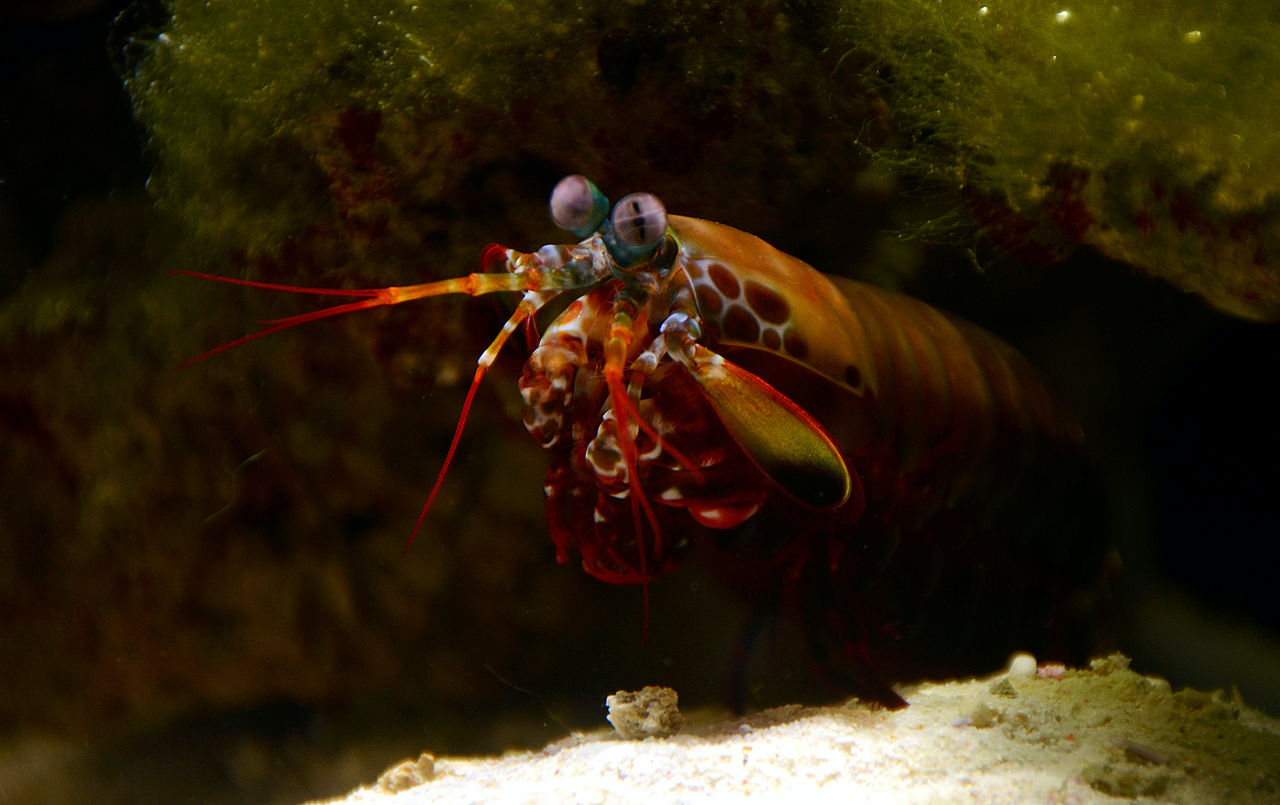
Mantis: A Python Library for Hyperspectral Image Analysis
Available on Github
It's said that the Mantis Shrimp can see 16 different colors of light, including UV and polarized light! While we humans might not have the eyes of a Mantis Shrimp, today's modern hyperspectral imagers can take pictures in hundreds of different colors of light. The Mantis Python library provides implementations of many popular hyperspectral algorithms for processing and analyzing these types of images. Mantis has algorithms for dimensionality reduction, similarity mapping, linear/bilinear unmixing, and target detection! (Contributors Welcome!)
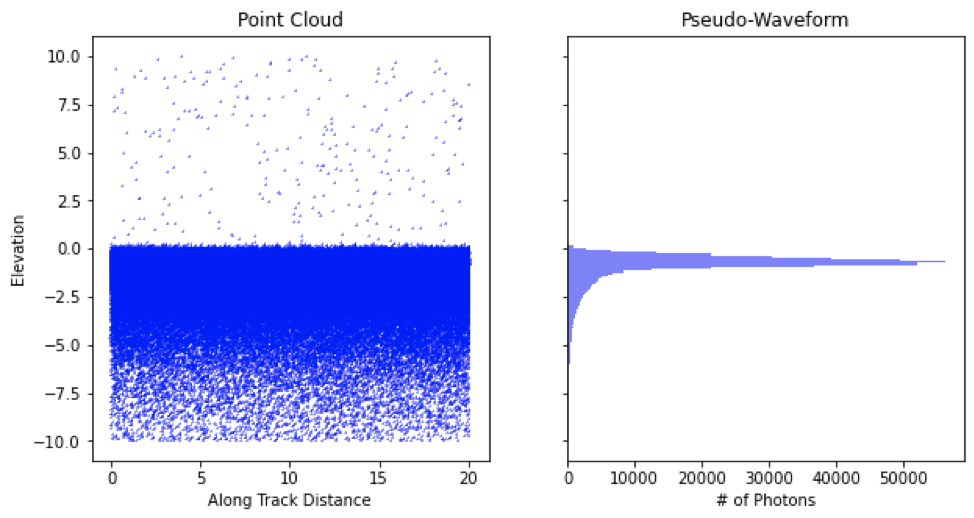
PyCESat2: A Python Library for Processing ICESat-2 Data
Available on Github
NASA's ICESat-2 Satellite is a spaceborne, photocounting lidar system with the capability of penetrating water up to approximately 40m! ICESat-2 data is used across dozens of discplines, including glaciology, climatology, oceanography, coastal engineering, forestry, and many more. Working with ICESat-2 data can be intimidating at first, but with the PyCESat2 Python library it's easy to ingest and clean data, convert from ellipsoidal to orthometric datums, and even generate best-fit surfaces and pseudo-waveforms. (Contributors Welcome!)
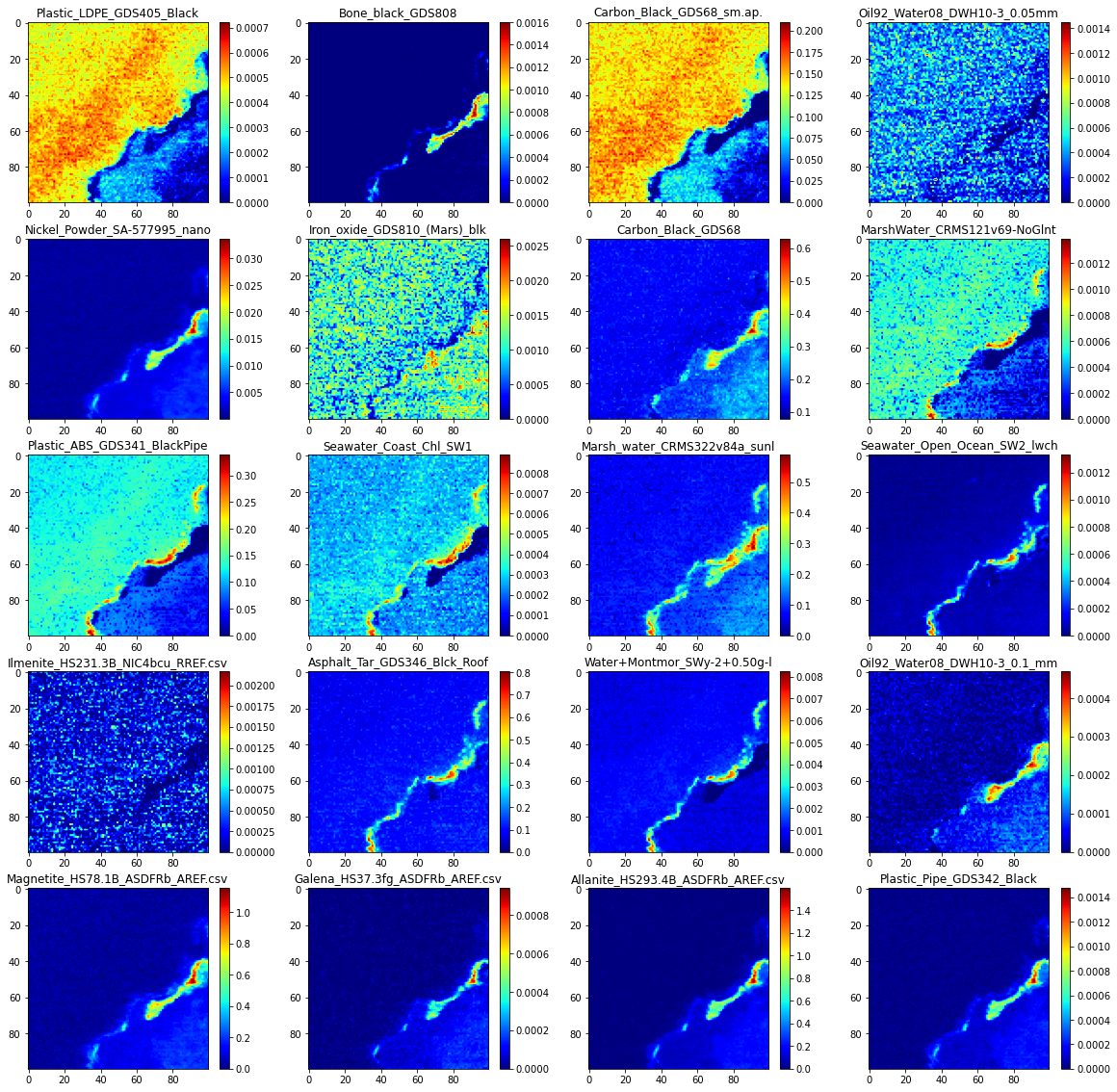
AI 586 (Final Project): Applied Matrix Analysis
Available as PDF
During my first year as a Ph.D. student at Oregon State University I took a class in Applied Matrix Analysis for machine learning and signal processing. I learned about algorithms on the frontiers of ML research like non-negative matrix factorization (NMF) and tensor factorization. This class also sparked my interest in mathematical optimization theory and its applications in computational remote sensing. For my final project I implemented a pair of algorithms for hyperspectral subspace identification and linear hyperspectral unmixing.
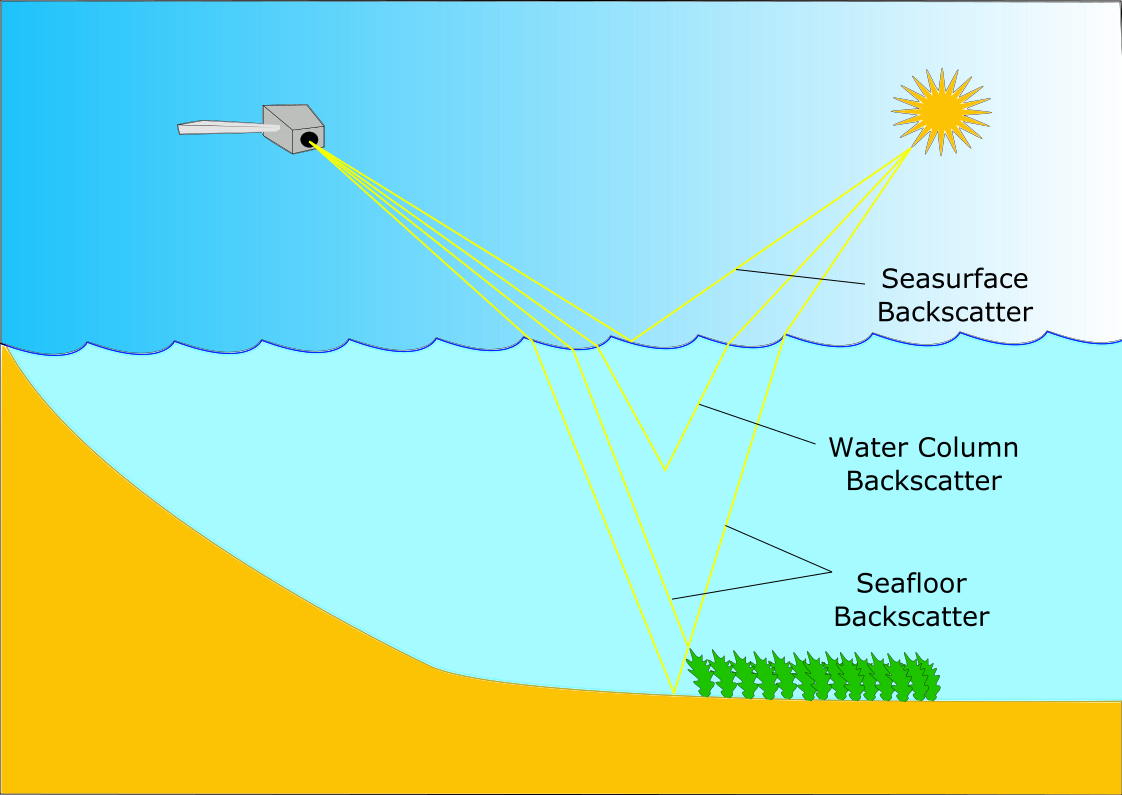
AI 569 (Final Project): Convex Optimization
Available as PDF
Convex optimization is the mathematical study of formulating engineering problems as convex functions and designing algorithms to compute the input parameters that minimize the function. This is extremely useful across many fields of finance, science, and engineering - including computational remote sensing. During AI 569 I learned to formulate abstract engineering problems as optimization problems, and solve them using algorithms like Conjugate Gradient, Projected Gradient, and Alternating Direction Method of Multipliers (ADMM).
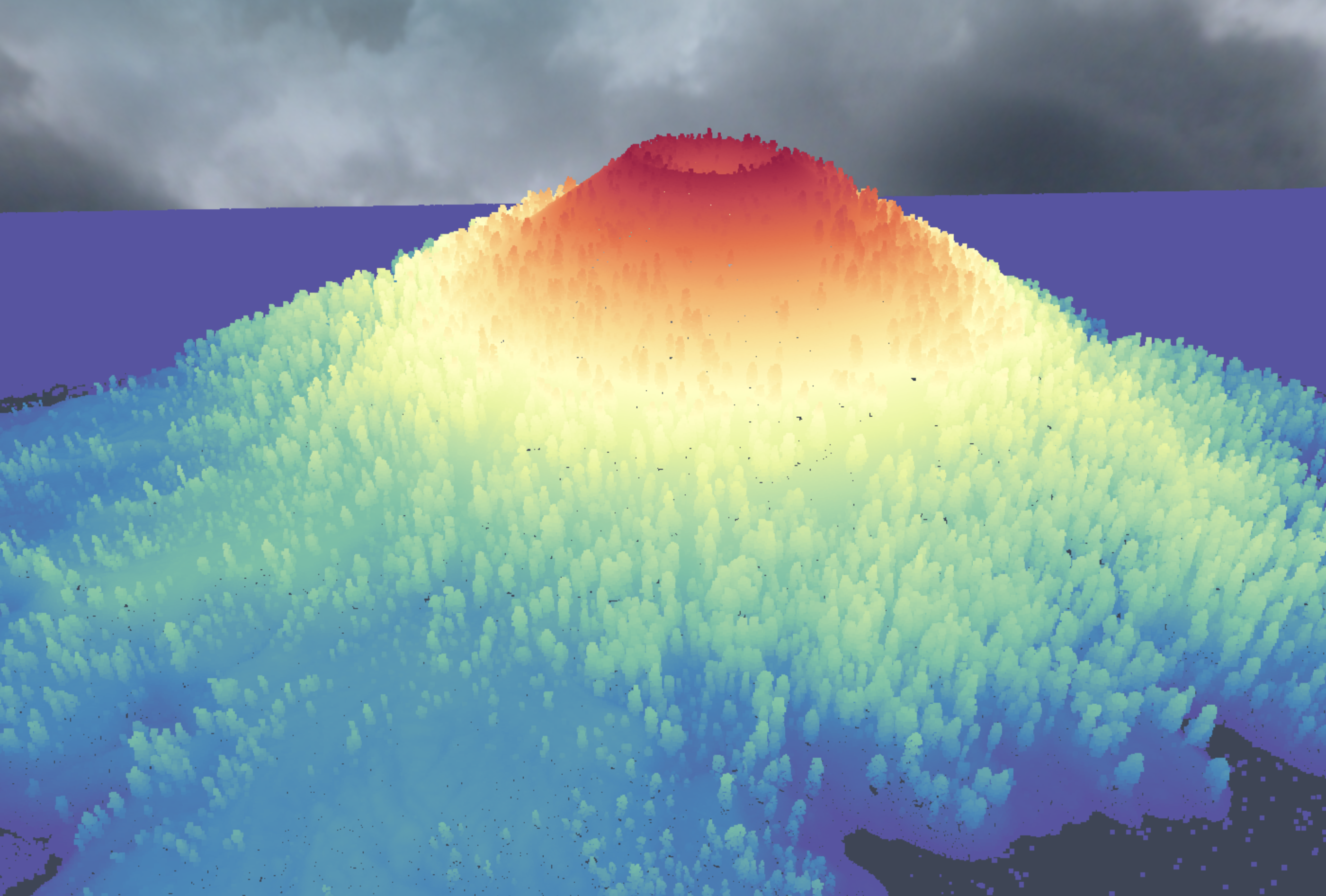
CE 566 (Crater Lake): 3D Laser Scanning
View the Point Cloud
Light Detection And Ranging, better known as LiDAR, is an exciting technology taking the world by storm! Just like RADAR uses microwaves to measure the distance of far away objects, LiDAR uses pulsed lasers to create incredibly detailed 3D models and maps. At Oregon State University, I've been lucky enough to work with some of the most well respected minds in LiDAR surveying and have access to state-of-the-art equipment. I even had the opportunity to take CE 566, a class devoted entirely to 3D modelling using LiDAR!

MTH 511/512/513: Real Analysis
View my Notes.
Real Analysis - the study of the real number line - is one of the most fundamental topics in advanced mathematics. During my second year at OSU, I had the opportunity to take a full year course of Real Analysis, an experience that opened my mind to the wide world of rigorous mathematical analysis. I learned about metric spaces, measure theory, Hilbert spaces, and much more. Getting a grip on the basics of Real Analysis gave me the tools I needed to comprehend more and more advanced reserach papers in applied math and machine learning!

MTH 664/665: Probability Theory
View my Notes.
A deep understanding of probability is one of the most crucial skills for any engineer, scientist, or mathematician. But the study of probability isn't all about winning at blackjack! In fact, the mathematical discipline of Probability Theory deals with probabilities in the abstract, treating them as very specific types of mathematicals objects and deriving interesting theorems from their properties. While this might not help with counting cards at the casino, its a great way to build an intuition for how to approach probabalistic problems and scenarios.

DORSL-FIN: A Deep Neural Net for ICESat-2!
Read the Paper. (not available)
Can't talk too much about this one just yet, but here's a sneak peak: I recently submitted a paper for publication that I'm really excited about! It involves using some really clever tricks and some complex deep learning techniques to try and recover missing seafloor data from a NASA satellite mission (ICESat-2). I really can't say much while the peer review process is still ongoing, so I'll leave it at that. Rest assured though, once the paper is published I'll be ready to spill the beans on here!

Come Back Soon!
View my Notes.
This page is under constant renovation, so don't think the fun stops here! I'm constantly taking on new, exciting projects and building cool software tools. I try to update this page whenever I have time, but the life of a grad student isn't always conducive to sitting around and bragging about your accomplishments. If you have questions or want to hear more about any of the projects on this page, feel free to scroll up to the "Contact" tab at the top and send me an email. I'm always on the look out for collaborators and I welcome any/all feedback so don't hesitate!